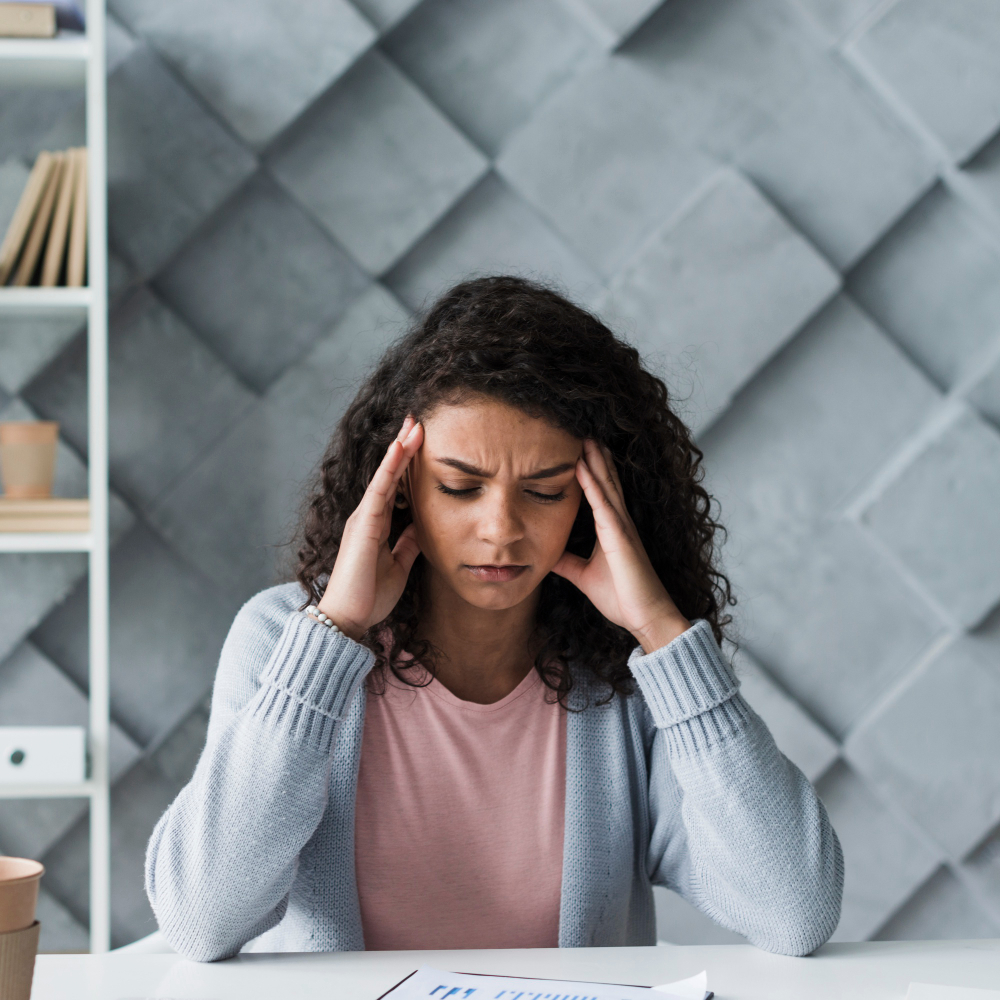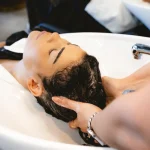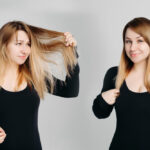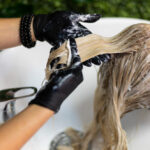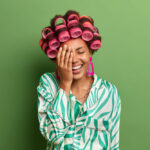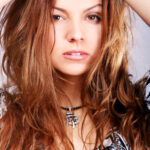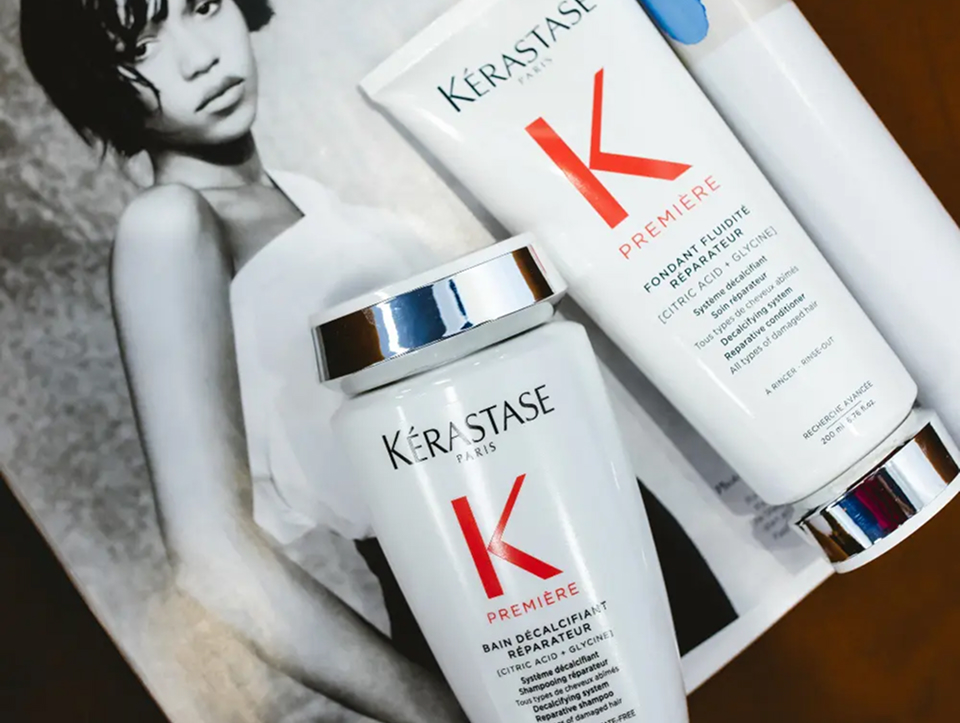We all spend time on TikTok, and one trend that we at Haste are not impressed with is hair cracking or scalp popping. Okay, what is scalp popping? Is this a new trend in scalp therapy?
This technique involves pulling hair to create a cracking or popping sensation. It has been around for a while, and recently, many people have been using it to relieve scalp tension and cure headaches.
So, no, it is not a soothing scalp therapy, and we do not recommend it for many reasons.
What is Scalp Popping, AKA Hair Cracking?
Scalp popping, known as hair cracking, is when another person pulls different sections of your hair, creating a popping sensation in your scalp.
The reason for hearing the cracking or popping sound, or feeling as if it pops, is that your scalp may separate from your fibrous connective tissue, known as the galea aponeurotica.
According to the trends, it is believed to help relieve tension and headaches. Although it gained popularity last year and remains a popular choice, we are still not convinced that it works and is healthy for your scalp.
How Safe is Hair Cracking?
Hair cracking is not a good idea; it can cause several scalp and hair issues. Furthermore, there is no scientific evidence to support the claim that scalp popping can relieve headaches or tension.
As one of the best salons for scalp therapy, we found no proven benefits to scalp popping, which can damage the scalp skin, underlying blood vessels, and hair.
Another adverse effect of scalp popping is that it can lead to traction alopecia, a form of hair loss caused by repeatedly pulling one’s hair.
While hair cracking can result in traction alopecia, it can also happen when you tie your hair back very tight in a bun or ponytail. When you place too much tension on the hair, your follicles become inflamed, damaged, and scarred, leading to permanent hair loss.
Another apparent reason is that pulling your hair to create the popping sound can cause breakage and tear your skin. Also, if you hope it will relieve your headaches, the opposite can happen as trauma increases inflammation in your scalp and can worsen the problem.
Scalp Popping Alternatives

While we are a hair and scalp spa that offers treatments for dry scalp and more, we also provide a soothing scalp massage that can help release tension.
You will receive the best scalp treatment for hair growth and relaxation, accompanied by a scalp massage to help relieve tension and improve blood circulation.
However, if you suffer from severe headaches, there are other doctor-approved treatments. For example, massaging your neck, shoulders, temples, and scalp can relieve headache tension.
As you need to adjust your hair care routine according to your scalp condition, you can modify your home environment to help alleviate migraines. Reducing your sensory stimuli and turning down your lights can help, and applying a warm or cold compress can provide relief.
We recommend finding a treatment that works best for you, rather than using the hair-cracking technique. You can also visit us for a luxurious scalp treatment to help relieve tension in your head.
Wrap-Up: To Hair Crack or Not to Hair Crack
The short story is that scalp popping, also known as hair cracking, is not a good idea. First, there is no scientific evidence to support the effectiveness of this technique in relieving headaches and scalp tension.
Furthermore, scalp popping can risk hair loss, broken hair, and inflammation. Hair cracking comes with many risks and is not worth following.
Instead of following this latest trend, we recommend making small changes at home, consulting your doctor for severe headaches, or relaxing with our hair wellness spa’s best scalp treatment in Boston.
FAQ
What is the popping feeling in my scalp?
When you hear a popping sound, it is caused by the galea aponeurotic, a soft sheet of tissue connected to the scalp. It can also result from pulling your hair or wearing too-tight ponytails.
How can I release tension in my scalp?
When you feel tension in your scalp, massage it with your fingertips. This stimulates the scalp, allowing it to receive more oxygen.
What small crumbs do I feel on my scalp and hair?
The tiny crumbs are excess skin cells that shed and form flakes. They can also be a yeast-like fungus on your skin, which is associated with dandruff.

